Art Notes: Longtime Lebanon photographer ‘doesn’t want that kind of exposure’
| Published: 02-21-2024 10:01 PM |
Larry Vanier started taking photographs as a hobby. He already enjoyed hiking and being outdoors, so it was natural to him to start taking a camera along.
This was in the 1970s and early ’80s, the apex of film photography. The Upper Valley had a robust community of professional photographers and, particularly in the 1980s and ’90s, a substantial infrastructure of camera shops and photo processors. Vanier absorbed all that expertise and made photographs on his time off from his job at Stateline Sports, the West Lebanon sporting goods store.
For decades, Vanier didn’t have much to say about his photography. It was, he said recently, “just something to do” or “a hobby that became more serious.”
“I’d load my truck and go on vacation and see what happens,” he said. “That’s the enjoyment of it, is just being out there.”
Though he still considers photography a hobby, Vanier has amassed a body of work that deserves recognition. His friends in the photography community are respectful of Vanier’s privacy, but they’ve seen his work, thousands of images that would make clear that Vanier is one of the best landscape photographers working in New England.
There’s a small show of Vanier’s photos in a basement room at Stateline that used to hold hockey gear. Vanier didn’t want me to make a big deal out of his photography. As a human being, I’m sorry, Larry. But as a community journalist, I’m not sorry. I can’t think of anyone more worthy of this kind of attention.
A Lebanon native, Vanier grew up on School Street, one of eight children. He graduated from Lebanon High School in the 1960s and from UNH. He worked at Tommy Keane Sports, then followed his brother Bob, who co-founded Stateline with Jon Damren in the early 1980s.
With photography, “I just kind of got interested in it and taking pictures and started to teach myself stuff,” Vanier said, “probably in the 1970s.”
Article continues after...
Yesterday's Most Read Articles
John Preston, who has owned and operated Slide Specialists, a photo developing and finishing company that caters to professionals, since 1987, has known Vanier at least since then. Jeremy Dixon, a co-owner of ProCam, the White River Junction shop that billed itself as the biggest camera outlet north of Boston, was an early mentor to Vanier.
“Larry came into photography in a very interesting way, which I think reflects why he’s such a good photographer,” Preston said.
Growing up on the edge of Lebanon, Vanier walked everywhere. “He said he was always fascinated by how the changing light made things look different,” Preston said.
Most people come to photography because they want to capture a particular subject or activity. “With Larry, subject was secondary,” Preston said. “The light was the thing.”
While Vanier started out with a 35mm camera, he soon started to think bigger. He found a Linhof camera that took 2-inch-by-3-inch film, then gradually went bigger still, to 4x5, 5x7 and 8x10 view cameras, which result in huge, detailed images that can be enlarged to cinematic scale.
As his cameras scaled up, so did his subject matter. Always a hiker, Vanier took cameras with him into the White Mountains, often in company with his longtime friend, Greg Hubbard, and on vacation to the Maine coast.
Then, in the late 1980s, he read a story in the Boston Globe about Grand Manan, an island off the coast of New Brunswick just north of the Maine border. He wrote to the provincial government for information and got back an envelope containing a ferry schedule, a map of hiking trails and a topographic map “that looked like it was from the early 1950s.” Nothing about hotels or restaurants or tourist attractions.
He drove nine hours and caught the last spot on the ferry. It was so foggy, “I didn’t see anything for three days,” he said.
But that fog makes for great photography: “The light frickin’ bounces around.”
Grand Manan was pretty sleepy at the time. “I couldn’t believe a place like that existed in 1989,” Vanier said. He has been steadily documenting the island and its fishery ever since. He also has traveled farther afield, to Newfoundland.
At the same time, Vanier has been taking photographs closer to home. He photographs a stretch of the Mascoma River in Lebanon during morning walks and local musicians performing at local venues.
For a long time, Vanier didn’t want to talk publicly about his photography. I can understand why. If an activity brings you peace and satisfaction, there’s no need to get the public involved. Wider attention can distort a person’s perceptions, too. Vanier’s single-minded focus reminds me of photographers like Vivian Maier and Gary Stochl, who amassed substantial bodies of work that only later became well known, in Maier’s case posthumously.
But Vanier emailed me to let me know about the photos on view in Stateline’s basement. And he was willing to talk to me about his hobby. I don’t want to spend a lot of space characterizing the work on view, other than to say that it is masterful.
In our conversation, Vanier made one point several times: “My time is getting short to do this type of stuff,” he said, on the subject of having large prints made. To me, this sounded like the clearest acknowledgment we’re likely to get that Vanier has taken an untold number of photographs that are deserving of a kind of display and attention that only a larger art institution can give him.
Hubbard, a professional photographer since 1992, and Preston, who probably know Vanier’s work best, say most of it consists of 4x5 transparencies. Vanier said he has boxes of transparencies he’s shot both at his home and in a storage unit. He started using digital cameras in 2006 and had to stop using film in 2010 or so, when it became impossible to find sheet film, so he also has a huge digital archive.
“He’s always taken photography seriously,” Hubbard said. “He says it’s just a hobby, but he’s devoted a good part of his life to it.”
But the important thing to understand is that Vanier doesn’t want to be thought of as an artist. Fellow photographer Jack Rowell said Vanier calls it “the A-word.” He would rather spend time making photographs than wading through the images he’s already made. When he makes prints, it’s usually to give away to people on Grand Manan.
In talking to him, though, I got the feeling that Larry knows what his work means. At a book sale, he picked up a copy of “Maine,” by the celebrated photographer Eliot Porter. For a long time, he didn’t look at it, but when he started to leaf through it “about half a dozen times, the hair on the back of my neck stood up, because I realized I had been about an inch away from where he’d been.”
Did that give him the idea that he was onto something, that his own instincts had led him to walk in the footsteps of a master? His response was like a bite of pickled egg after a shot of maple syrup; it cut the sweet.
“I just went on my way.”
It seems to me that Vanier is too much of a community guy to permit himself the kind of self-absorption characteristic of professional artists. That’s to his credit, I think.
“I enjoy other things,” he told me. “I don’t want to go overboard with it.”
The other side of the coin is that most artists I know work hard at their craft and take it seriously. How that makes them different from Vanier isn’t clear to me.
Hubbard called Vanier “the best friend anybody could ever have.” His loyalties to Lebanon, to family and friends, to Stateline and the community around it, run deep. But his photographs have a life of their own, and Vanier needs help.
His friends in photography have long wanted to see Vanier’s work on display.
“I think we’ve all tried to help him with that, but without stepping on his toes, it’s hard to do,” Preston said.
Maybe that’s changing. “I think he’s ready,” Preston said.
Hubbard seemed less certain. “He enjoys doing it; he enjoys giving it away.” Vanier “doesn’t want that kind of exposure.”
If there’s a dilemma here, I think it has less to do with Larry Vanier and more to do with the way we treat art. It’s too often exalted, too often walled off, too seldom considered a community resource. If an arts organization could help Larry Vanier without making a big deal out of it, then maybe his photographs could become a kind of community treasury, both here and where they were made.
In the meantime, go see the photographs on view at Stateline and say hi to Larry Vanier.
Alex Hanson can be reached at ahanson@vnews.com or 603-727-3207.

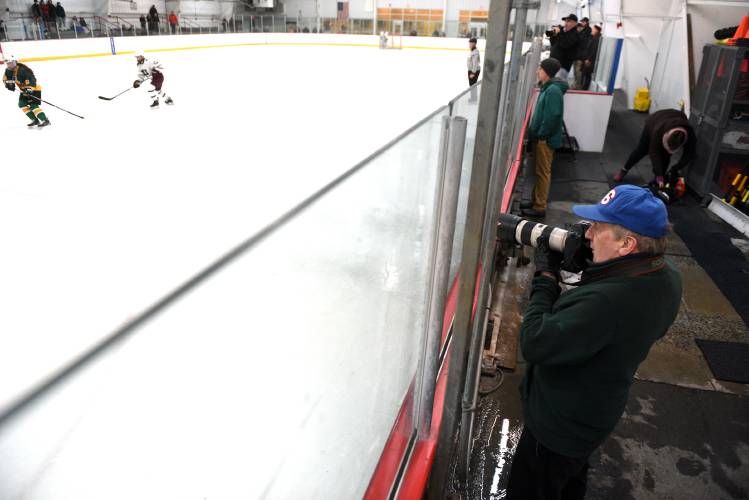
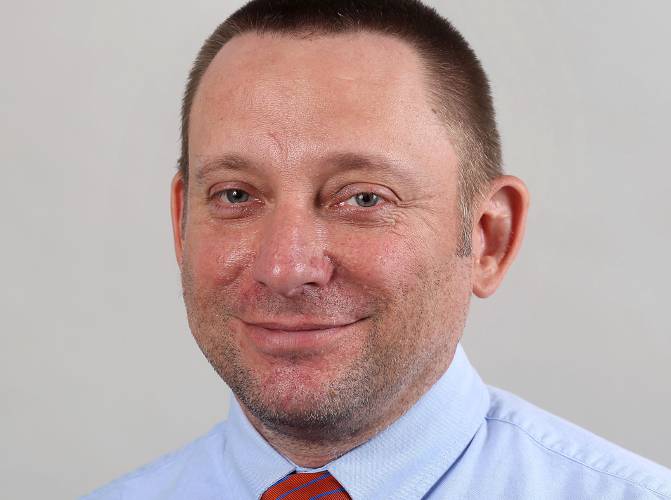
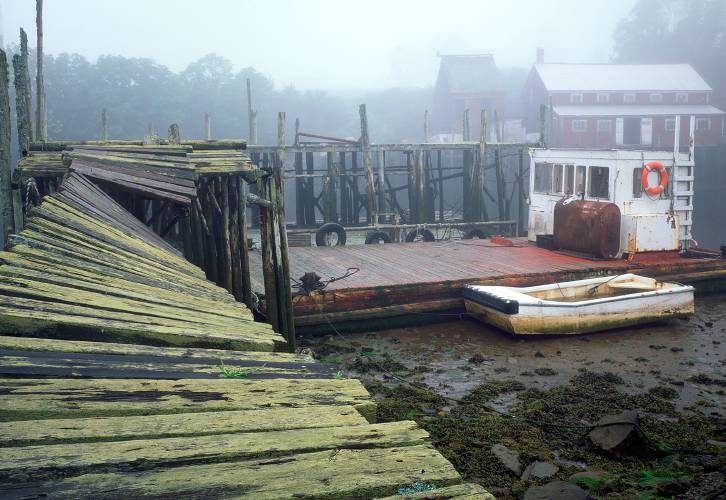
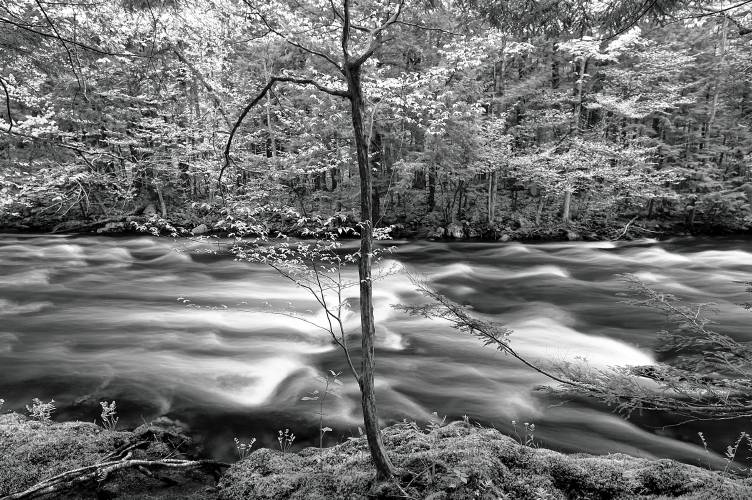
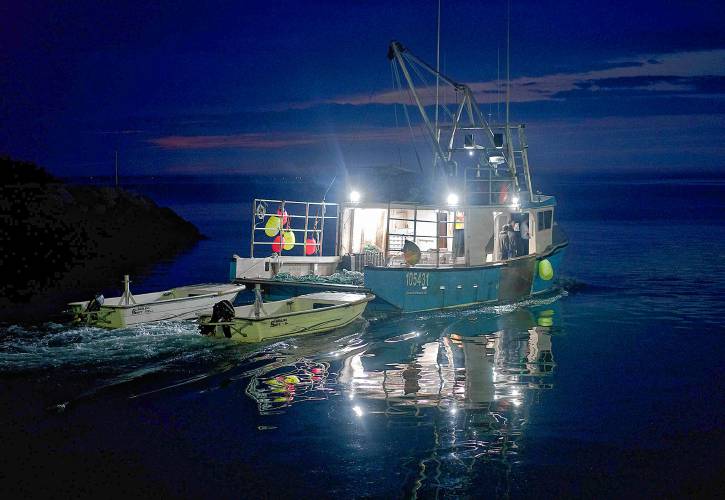
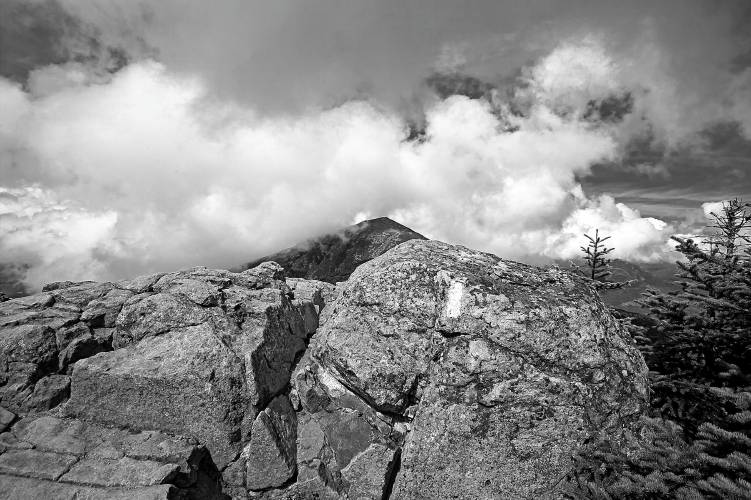
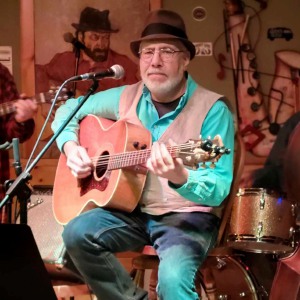 Art Notes: Canaan Meetinghouse showcase brings musicians and listeners together
Art Notes: Canaan Meetinghouse showcase brings musicians and listeners together A Look Back: Upper Valley dining scene changes with the times
A Look Back: Upper Valley dining scene changes with the times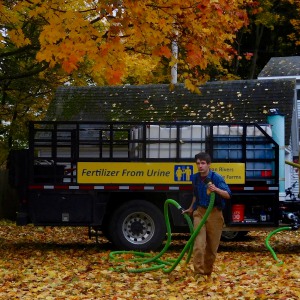 The future of fertilizer? Pee, says this Brattleboro institute
The future of fertilizer? Pee, says this Brattleboro institute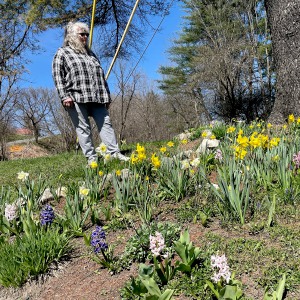 From dirt patch to a gateway garden, a Randolph volunteer cultivates community
From dirt patch to a gateway garden, a Randolph volunteer cultivates community 
